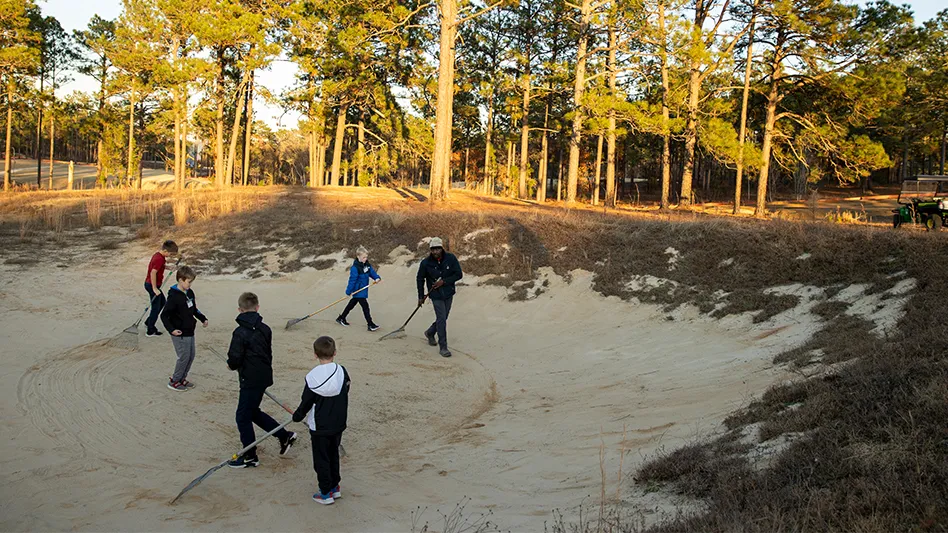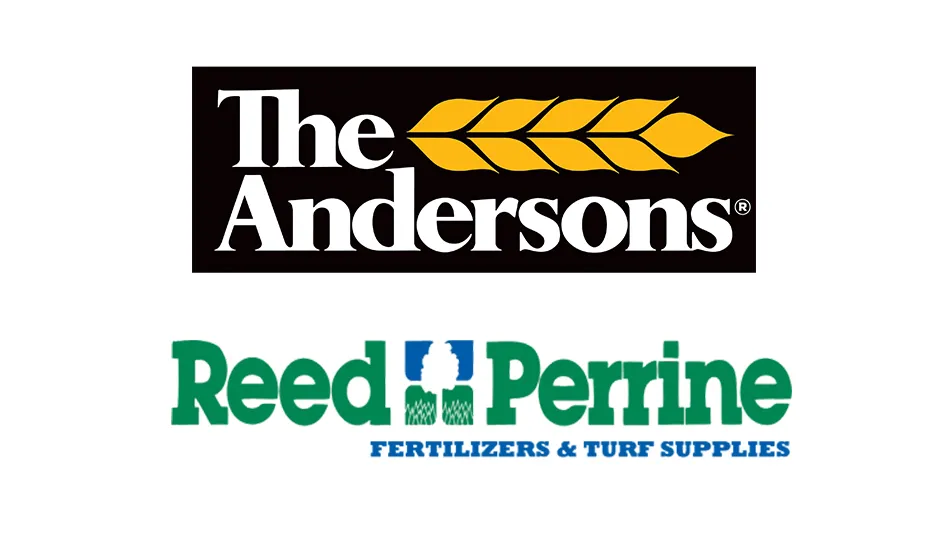 Monroe Miller Monroe Miller |
I just wrote a piece for Wisconsin Golfer magazine applauding the career of one of our long-term superintendents. Like others, I expected he'd continue for years to come, and viewed his retirement as another example of how circumstances change. Financial markets and retirement planning are scary and the rules change rapidly. The climate is in flux, and physicists have some evidence of a particle – a neutrino – that moves faster than light, potentially making Einstein's theory obsolete. If confirmed, it would imply that a green could be cut before the mower leaves the shop. As the bumper sticker says, "What the heck is going on?" Most of us have been a little scared by the changes of the past few years. We wonder when we will be comfortable with events again, events often out of our control. How do we make golf affordable and accessible when input costs are so high? What will environmentalists and regulators demand from us next? The list of concerns and worries and change goes on. Near the end of The Greater Journey, David McCullough's narrative on the 1889 World's Fair in Paris, he describes the American display in the "Palais des Machines." American machinery and products of the day included 493 inventions and devices created by Thomas Edison, steam engines and pumps, typewriters, sewing machines and scores of other inventions. And it included lawnmowers. That last one gave pause – lawnmowers? In 1889? A quick Google search revealed that at the gateway to the Machine Palace was an American lawnmower was the centerpiece, a Z-turn lawnmower at that. Hmm, maybe not that much has changed. Likely it was a reel mower, not a sickle mower or a rotary mower. It was probably built on the basic design of Edwin Budding a few decades earlier. Americans created a new application to Budding's mechanical principle – home lawns. And a little later, lawnmowers replaced sheep and sickle mowers on courses. Early in my career Dr. John Madison and other turf academics started looking at sand topdressing as a golf turf management practice. It seemed revolutionary, generating questions about nutrition and dull mowers and diseases, but a few supers took the lead and adopted it into their management plans. The rest of us followed, as did topdressing equipment manufacturers and sand suppliers. Do a little historical reading and you'll find Tom Morris of St. Andrews and his 1800s admonition to his assistant: "Mair sand, Honeyman." He spread it with a shovel while we use hydraulic dressers, but topdressing has a long history, a prime example that not much has changed in 150 years. Sometimes comfort from today's worries comes from places important in our past. In my case, my hometown has grown a little and the trees are taller, but the water tower is still there, and the high school and football field look exactly the same as they did 50 years ago. The one-room school was sold as a home and moved, but the playground is the same. The sugar maple tree we tapped each spring remains healthy, and the hand pump that brought cold and fresh water is still there. Not that much has changed. Or, better yet, walk or play the golf course that inspired your career. You may see changes – bunkers are built, remodeled or filled in, forward tees might have been added, greens have changed, trees have been removed and trees have been planted – along with any number of other improvements. But in my experience, the "trail" of the course remains the same. The route of holes you remember very likely will be where you remember them to be. In a sense, not that much has changed. Other than big theoretical issues like the neutrino, change comes at the edges of basic principles. For superintendents, soil pH, water, photosynthesis and respiration, the liming equation and all we learned in college are fundamental. Changes come to us in politics and in society and in governmental regulation. Materials and machinery and technology are where we notice the real differences. It is hard to argue against the old saw that nothing endures but change. We also know that times have always changed and our ancestors changed, too, just as we will. From my perspective, it is the pace of change that has quickened, and futurists have written that it is stressful when there is too much change in too short a time. So when I feel a little uneasy about what is going on in golf, the economy or our country, I spend some time on the business end of a walking greensmower. It reminds me that not much has changed in my life. It just seems like it. |

Explore the November 2011 Issue
Check out more from this issue and find you next story to read.





